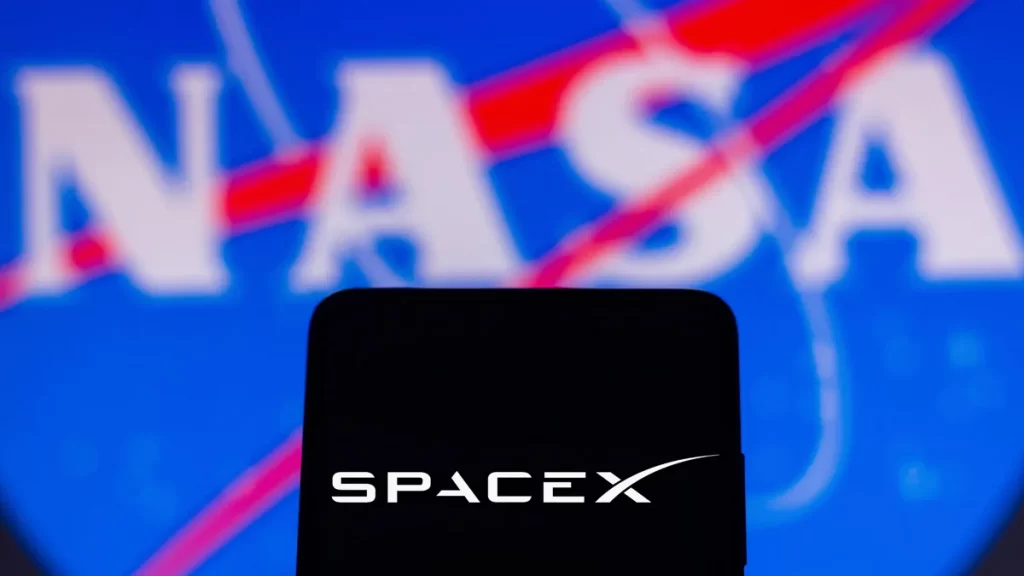NASA is not a fan of the plan of SpaceX which wants to launch about 30,000 Starlink satellites. NASA’s five-page letter was submitted to the Federal Communications Commission. The space agency explained why in this letter, which will ultimately decide under what circumstances SpaceX’s “second generation” constellation of satellites (Gen2) will take to the skies.
NASA is concerned about those StarLink Gen2 satellites – to provide internet to people on Earth for $500 a month after fees, would mean for the sheer number of objects orbiting Earth. Starlink is run by Elon Musk, who uses SpaceX rockets to put those satellites in orbit.
NASA keeps watching over 25000 such objects in collaboration with the Department of Defense. These objects include Hubble Telescope, ISS(International Space Station), hundreds of other satellites pointed back towards Earth and out into space, and all kinds of debris leftover from several launches.
The Gen2 Constellation would more than double that figure. NASA warns in a letter by mentioning, “An increase [of the number of satellites] of this magnitude… brings additional risk of debris-generating collision events based on the number of objects alone.”
Moreover, Donald Kessler, a retired NASA scientist told Scientific American last year that the amount of space junk is already past a “tipping point” where debris would continue to increase even if all the launches were stopped.
According to NASA, skies filled with constellations such as Starlinkwill be so crowded that “close encounters” will be unavoidable. Moreover, the NASA letter says that under such circumstances, the concept of SpaceX that the risk of collision can be engineered away “lacks statistical substantiation”.
Astronautics research Huge Lewis revealed that there were some 1630 close passes between Starlink internet satellites and other objects in June 2021, as mentioned by well-publicized series of tweets. NASA’s letter also involves the fact that the satellites would remain at an altitude of 328-360 kilometers, just below the orbit of the International Space Station.
“The proposed volume of autonomously maneuvering satellites directly parked in common phasing altitudes could result in potential loss of launch/entry opportunities,” interrupting operations aboard the space station, the agency said.
According to the Chinese government, two Starlink satellites nearly collided with its space station, which was orbiting at 555 kilometers. Moreover, NASA also mentioned that the constellation would also shorten the windows for safe launches, which is again a major concern.

